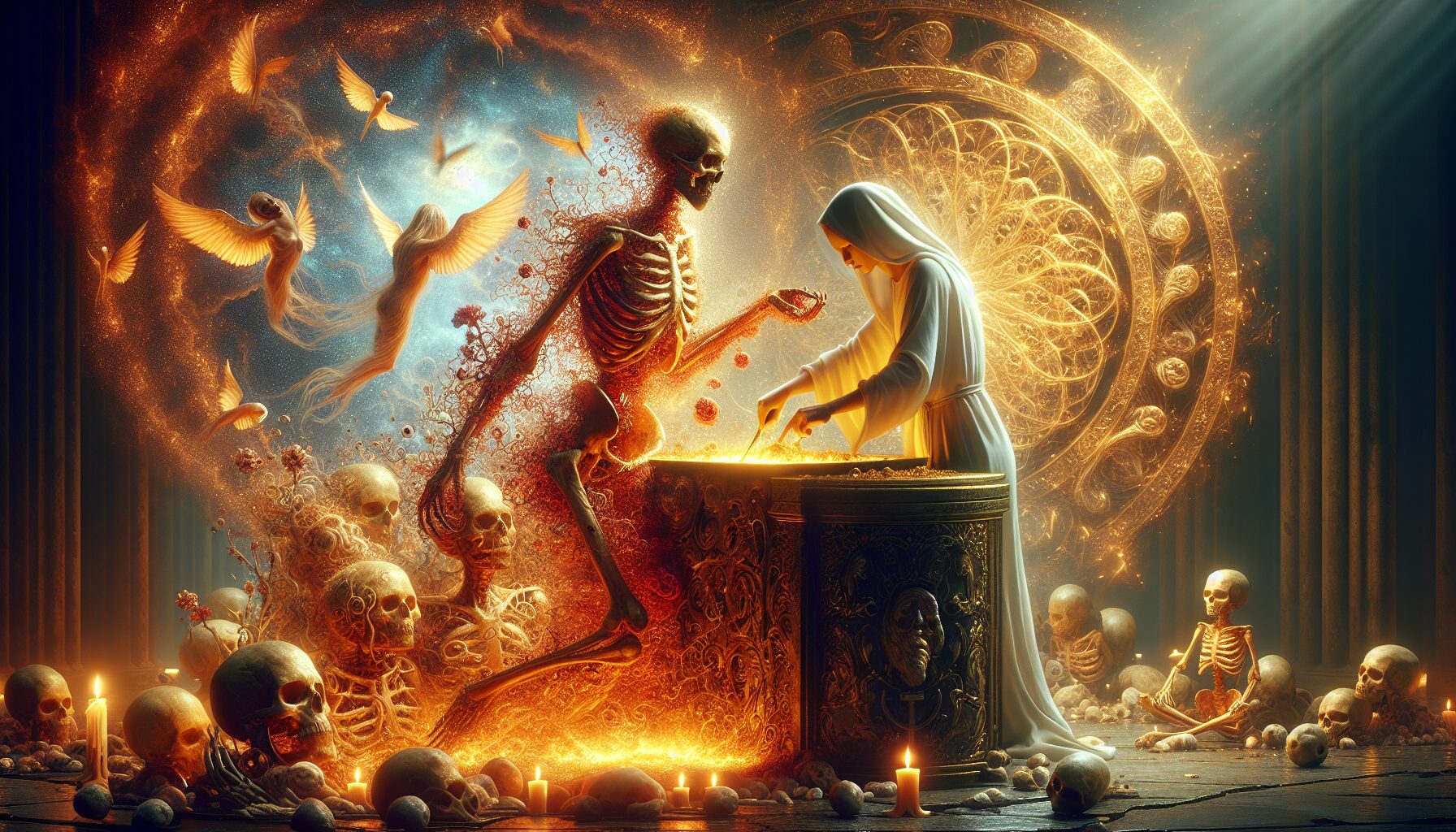The night sky has long been the canvas for humanity’s imagination, with constellations serving as celestial storybooks that narrate myths and legends. Yet, the true magic lies not in the stories of old, but in the science that underpins the stars themselves—a field often described as stellar alchemy.
The Awe-Inspiring Birth of Stars
Stars begin their life in the densest regions of space, known as molecular clouds. When these clouds collapse under their own gravity, the high temperatures and pressures lead to nuclear fusion, the process that allows stars to shine. Stephen Hawking once eloquently described this as “the way the universe attempts to comprehend itself.” This fusion of hydrogen atoms into helium releases an immense amount of energy, essentially brewing elements that will one day form planets, plants, and people.
Elements Forged in Starry Crucibles
In the cosmic kitchens of stars, the heat and pressure catalyze reactions that forge elements heavier than helium. Over a star’s lifetime, these processes produce elements such as carbon, nitrogen, and oxygen, which are the building blocks of life. This is the alchemy of the cosmos—a stellar transmutation that transforms basic elements into the rich tapestry of the periodic table.
As Carl Sagan famously said, “We are made of star stuff.”
This phrase poetically captures the origin of the elements that compose our bodies, emphasizing the mystical connection between humanity and the celestial sphere.
Supernovae: The Explosive Finale
As stars reach the end of their life cycle, they may explode as supernovae, an event of unmatched brilliance and violence. These explosions scatter the heavy elements created during the star’s life into space, enriching the galaxy’s interstellar medium and sowing the seeds for the next generation of stars and planets.
The Magic of Understanding
Stellar alchemy unveils the magic that weaves the fabric of the universe. What once appeared to be a subject of folklore is now understood through the lens of modern astrophysics. This understanding does not diminish the wonder; rather, it enhances it. As the renowned physicist Richard Feynman once remarked, “The first principle is that you must not fool yourself—and you are the easiest person to fool.” Understanding the reality behind celestial phenomena reveals the true wonder of nature and our place within it.
As we gaze up at the night sky, it’s comforting to know that we are both the observers and participants in this cosmic ballet—a magical display, enacted with the grand choreography of science.
For more on the science behind the stars, you can visit NASA’s Astrophysics Division.


